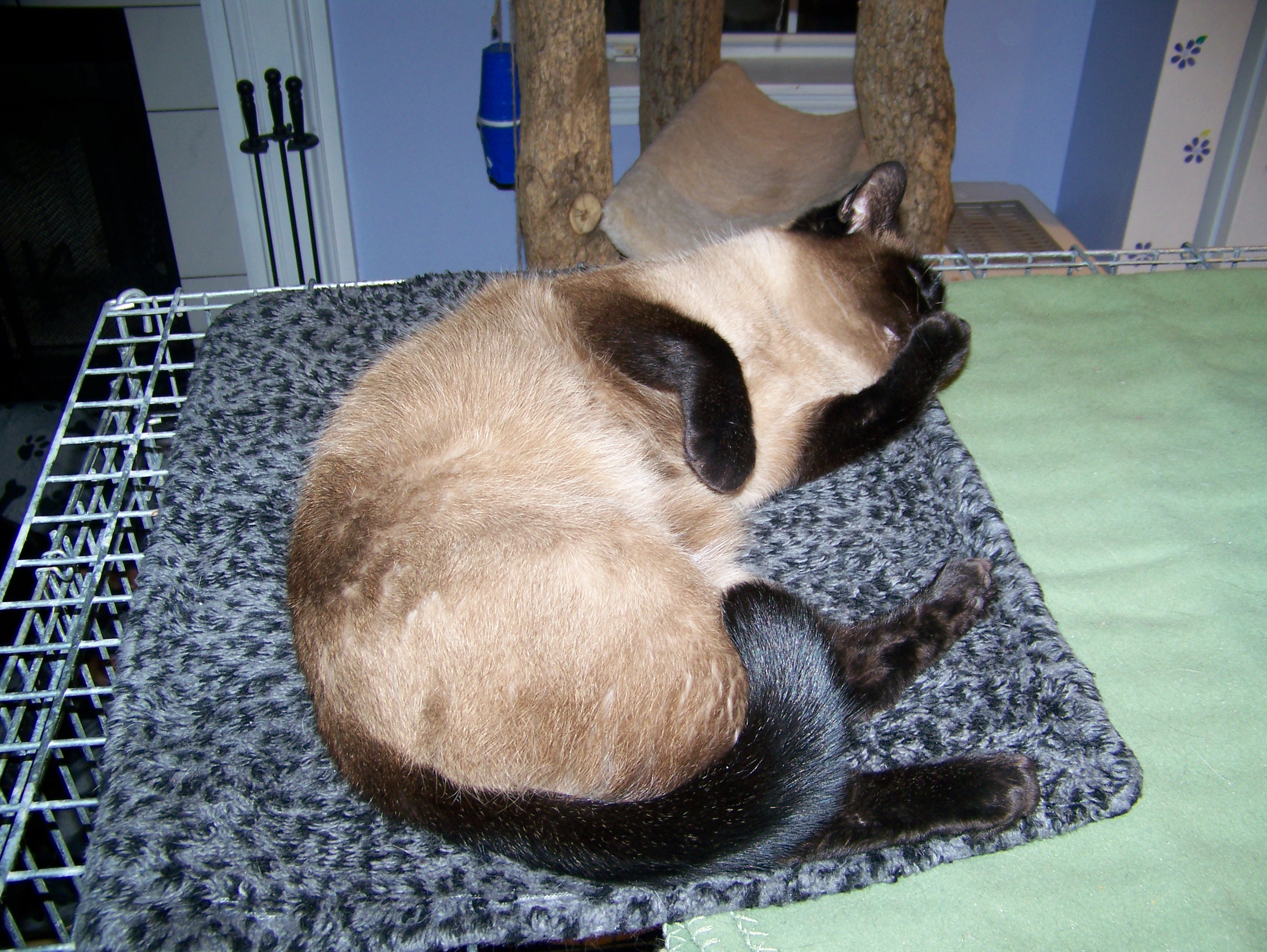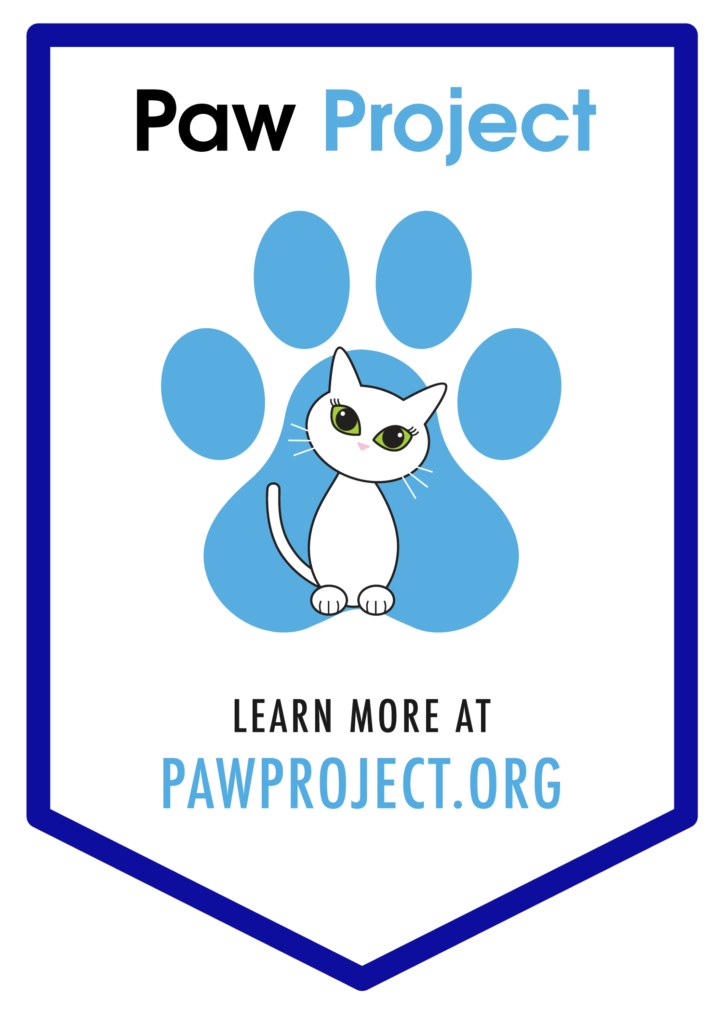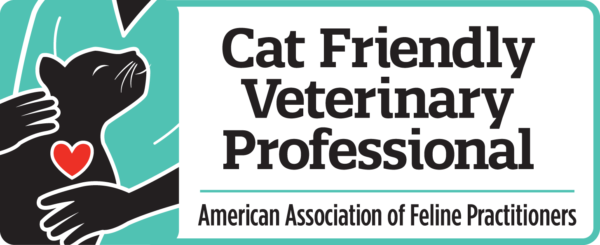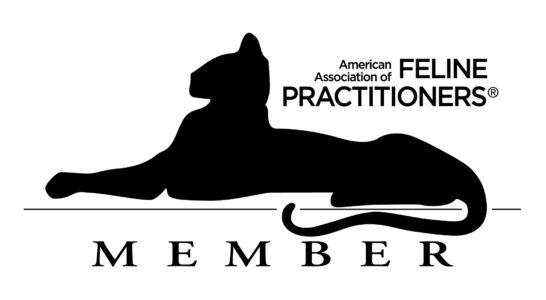
This post is Part Two in an informative series on the fantastic feline senses. If you are just joining this discussion please refer to Part One for an introduction. The following are additional feline specific behaviors and an explanation of how their senses can conflict with the very human world that we expect for cats to comply to. I hope you find this information helpful, enlightening and potentially life changing, to better help you to be able to meet your cats needs in your home environment.
Rubbing/Bunting/Skin glands
Marking the ownership of an object or place can be done by using a combination of several skin glands. Much of this type of communication goes on unbeknownst to humans as they are incapable of detecting the scent deposited. Alternatively, cats seem to be able to locate areas that have been “rub marked” quite easily, indicating that these odors are quite fragrant to the sensitive feline nose.
One particular way that this correlates with behavior challenges is in the introduction of a new cat to the home, or a cat returning home after having been removed temporarily. When cats live in groups they form a colony scent. When one is new to the group or recently reintroduced achieving a neutral, or colony odor, is important in the acceptance of that incoming cat. Scent exchange is a huge component and unfortunately over-looked factor in creating a harmonious relationship among cats. I find this important feline communication tool is missed by humans because we are so inferior in the scent world.
Visual and Vocal Displays
Even though cats are social, they are still solitary hunters. It is not to a cats benefit to get into physical confrontation with another cat and become injured to the extent that they cannot hunt or defend themselves. To this point, cats perform a myriad of physical body postures and vocalizations to get their opponent to back off so that a cat fight is avoided. Many clients have a hard time understanding these concepts and will misinterpret the meanings.
Cats scream/shriek/yowl as if each individual strand of hair is being plucked out one at a time when trying to get an opponent to back off. Many clients will race to the noise in complete distress thinking their cats are engaged in a terrible fight only to find them at a standoff three feet apart. Now, certainly there is still a conflict issue that needs to be addressed here, but so many times the cats are not physically engaged in a brawl, but rather displaying as if they are about to fight. The goal of this sound is designed to convey the size and strength of the individual emitting them. Or in other words, “please back down, I do not want to have to fight with you; this is your final warning!”
Unfortunately, the ear piercing shriek is also a sound sometimes heard in the exam room at the vet’s office if a cat is terribly frightened and does not want to be touched. The purpose of these loud shrieks is the feline equivalent of “please don’t touch me or I’ll really have to show you what I can do!” The sheer abruptness and volume of this sound is likely designed to startle the aggressor or in this case, the veterinary staff, and get them to loosen their grip.
Auditory
Feline hearing, once again, is far superior compared to many other mammals, especially humans. This sensitivity is vital to survival for the use of detecting their prey as well as potential threats. Domestic cats need to be desensitized to sound early in life as this heightened sense could lead to a noise phobic animal if not given proper exposure.
The ability to purr is another audible sound made by the cat which can be experiencing either pleasure or pain. It has been hypothesized that purring can function as a manipulative tool to solicit contact or care from another cat or human. Some have even speculated that it is possible for the vibrations of the purr to help aid in the healing of the body when ill. It is nonetheless a comfort behavior that is exclusive to the cat.
Grooming
Grooming is another essential feline survival skill. Grooming habits are hardwired into this species and start young. Cat fetuses have even been observed wiping their paws against their mouth in the womb. Cats spend about one sixth of their life grooming themselves. They need to clean themselves after consuming their kill because they need to eliminate the scent and blood from their body so as to not alert future prey of their presence. Grooming also helps with coat maintenance which helps maintain body temperature. A healthy coat can insulate or help keep the animal cool, an unhealthy coat cannot properly serve either function. As cats groom themselves and deposit saliva on each strand of fur, that saliva evaporates helping wick heat from the body. Alternatively, a balled up, matted coat cannot allow the many layers of fur to aid in keeping the animal warm. A healthy coat is important for survival in the cat. While not entirely behavioral, not wanting to groom is a behavioral change seen in sick cats and should serve as a red flag to owners that their cat could be ill.
Stay tuned for more species specific behaviors explained coming soon in Part Three!






